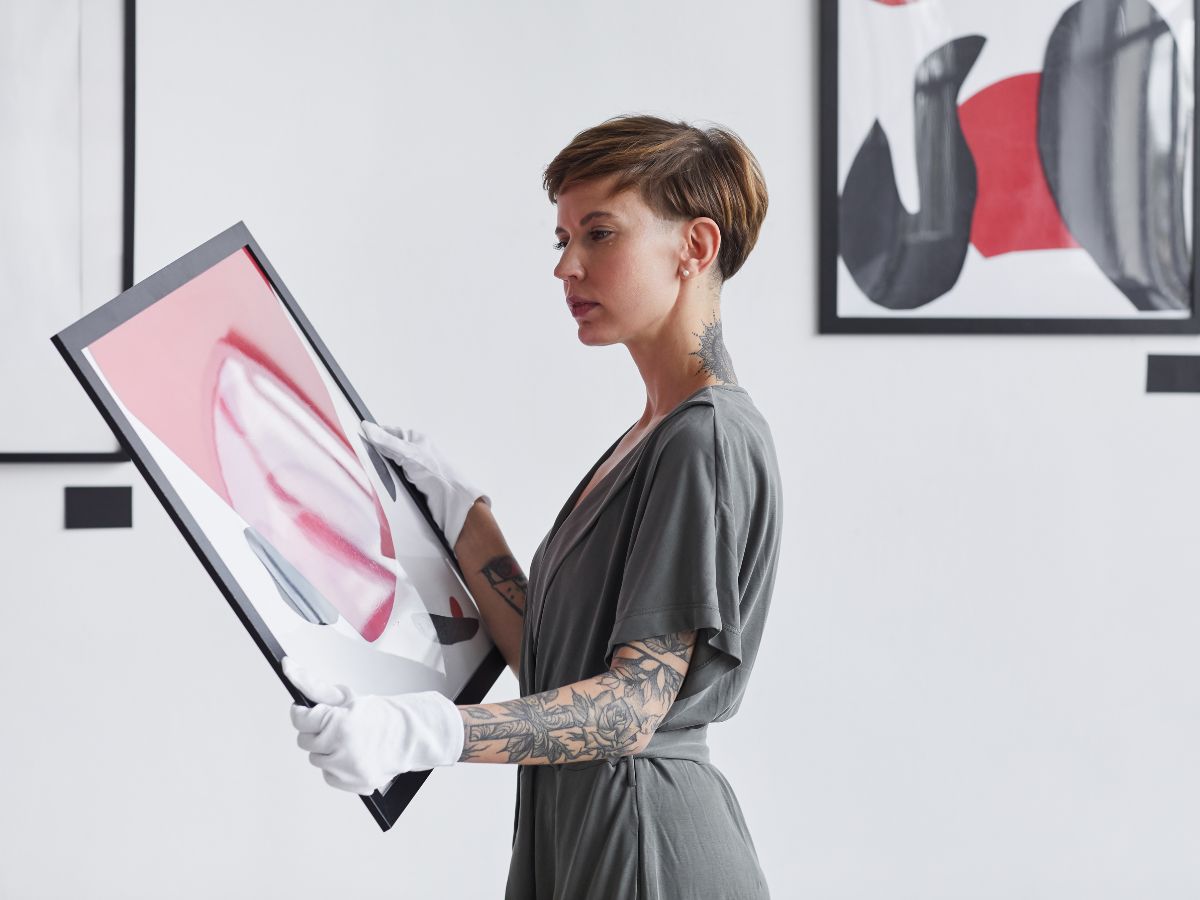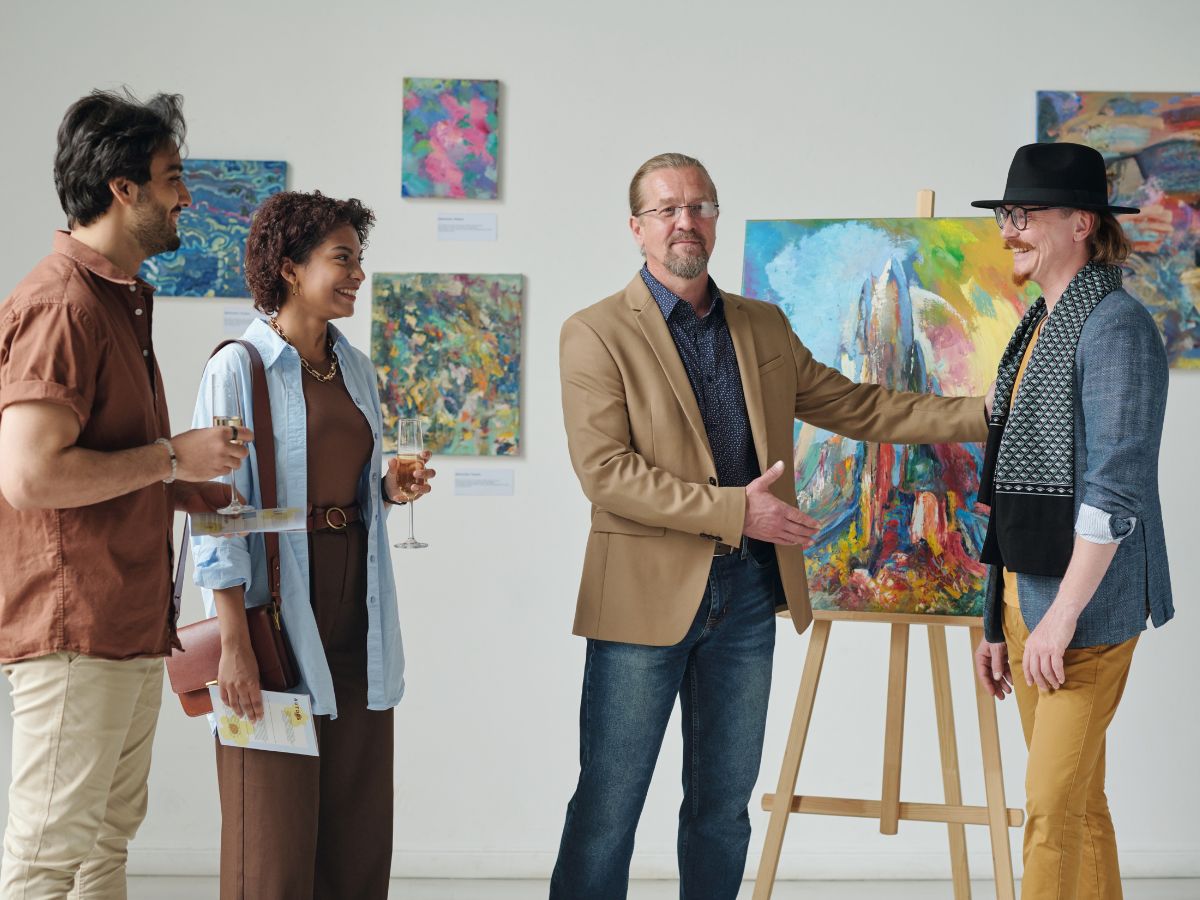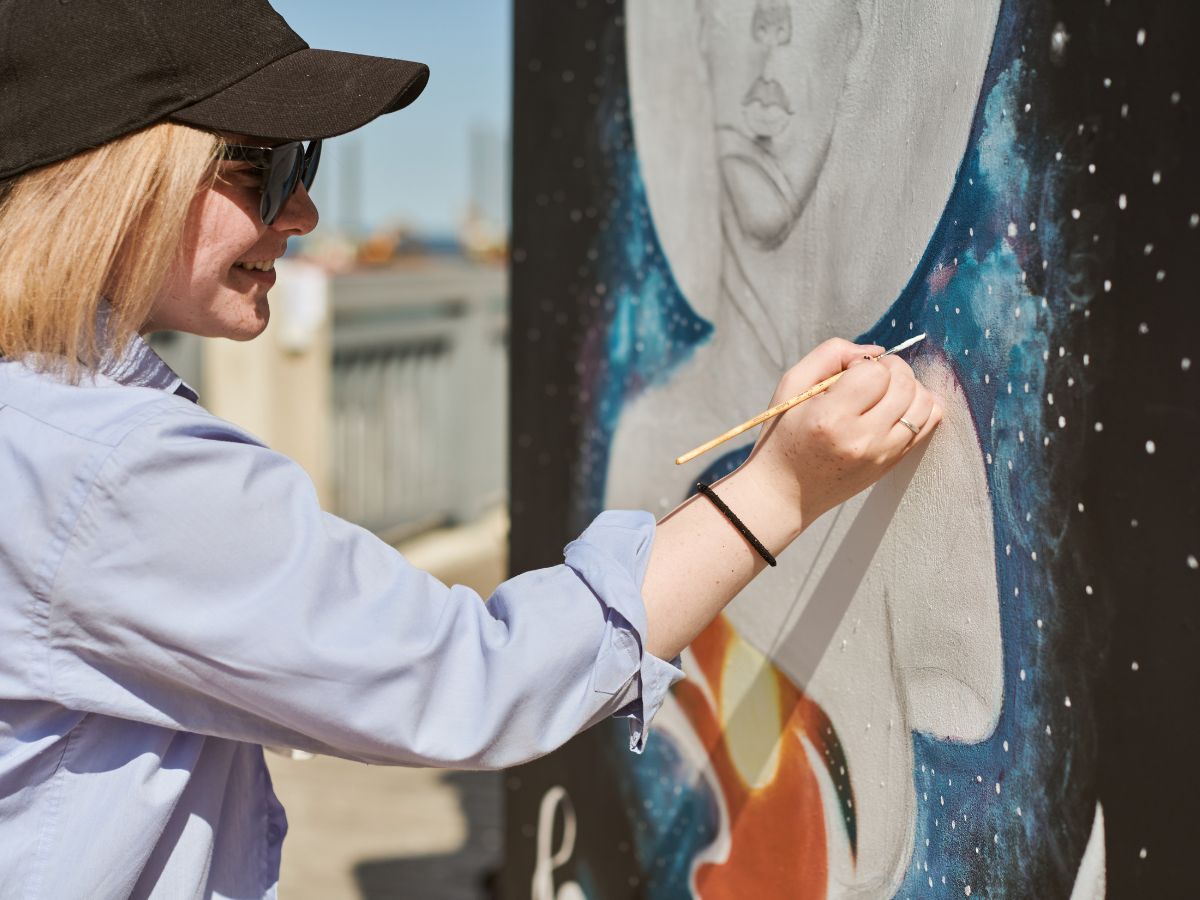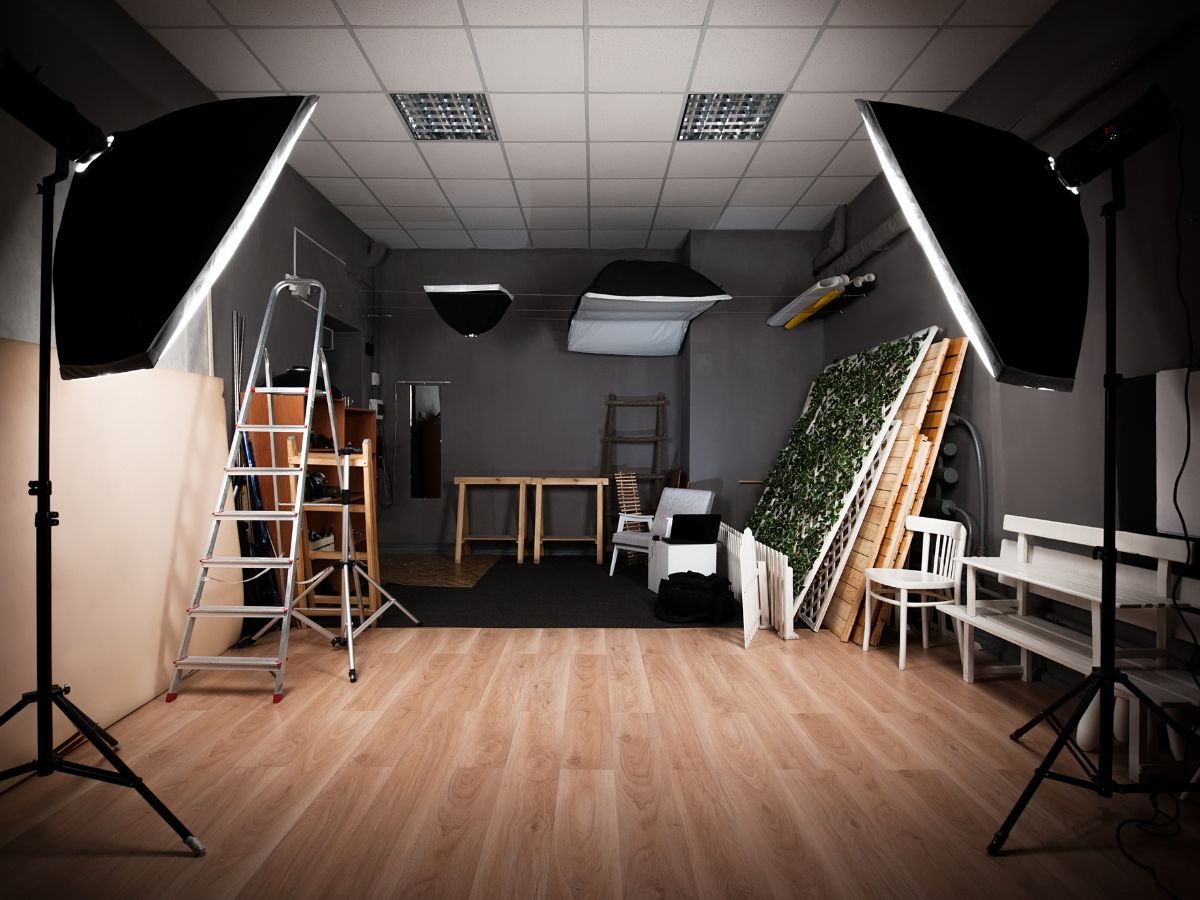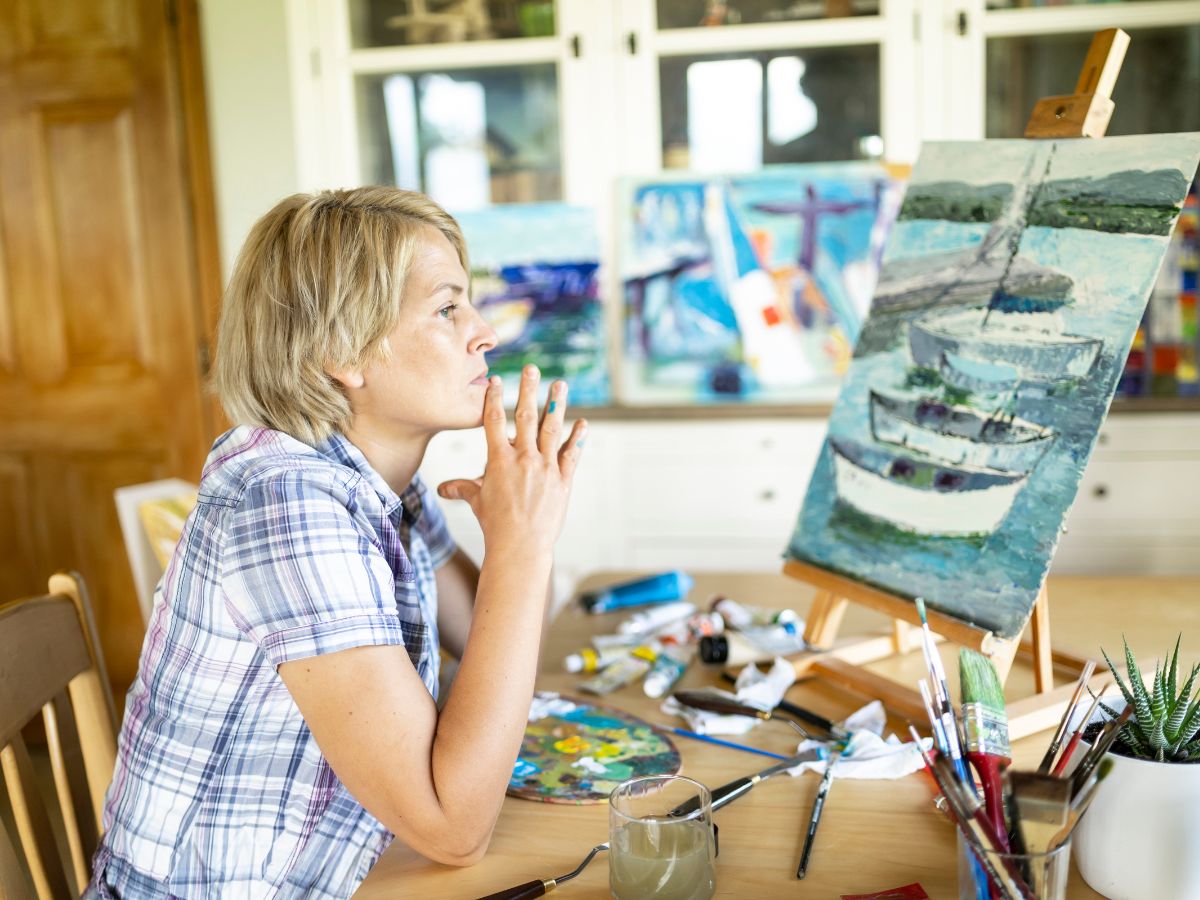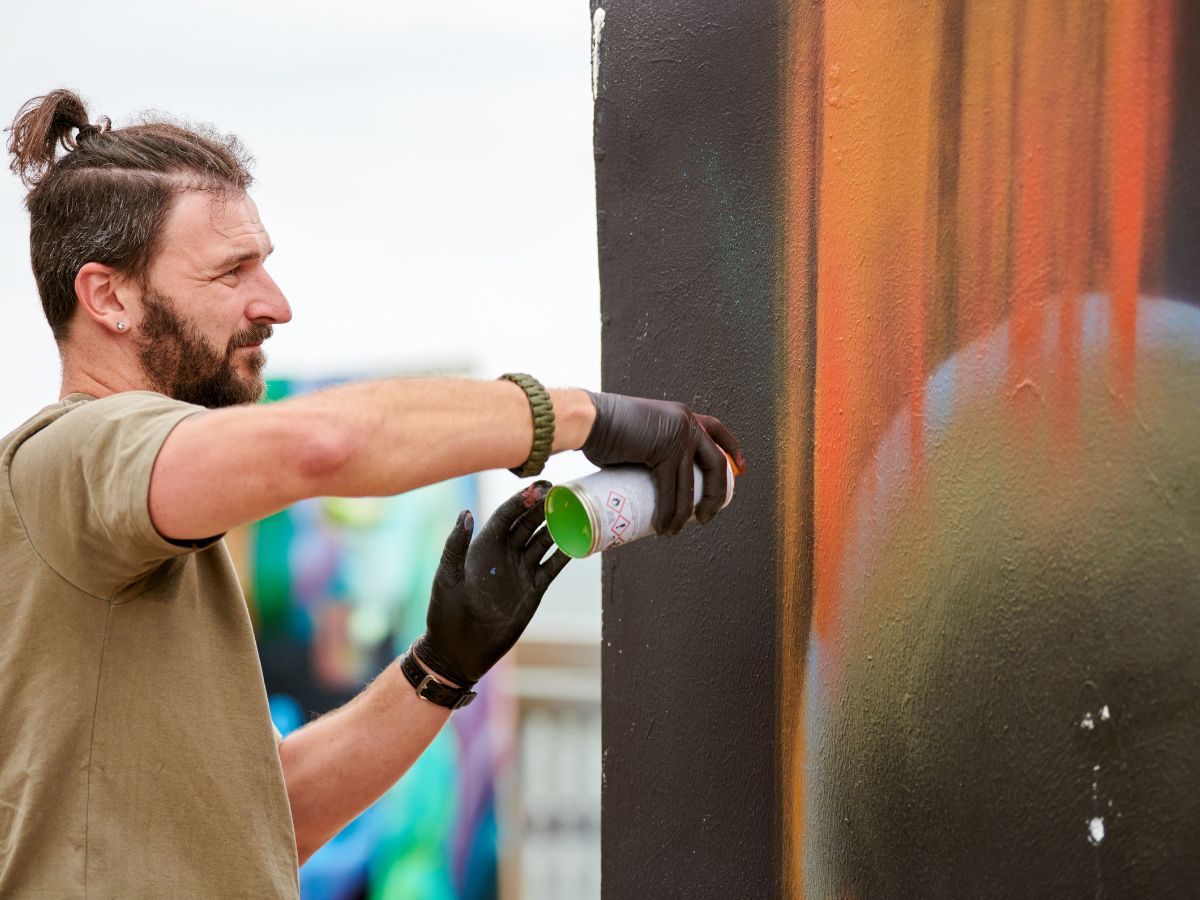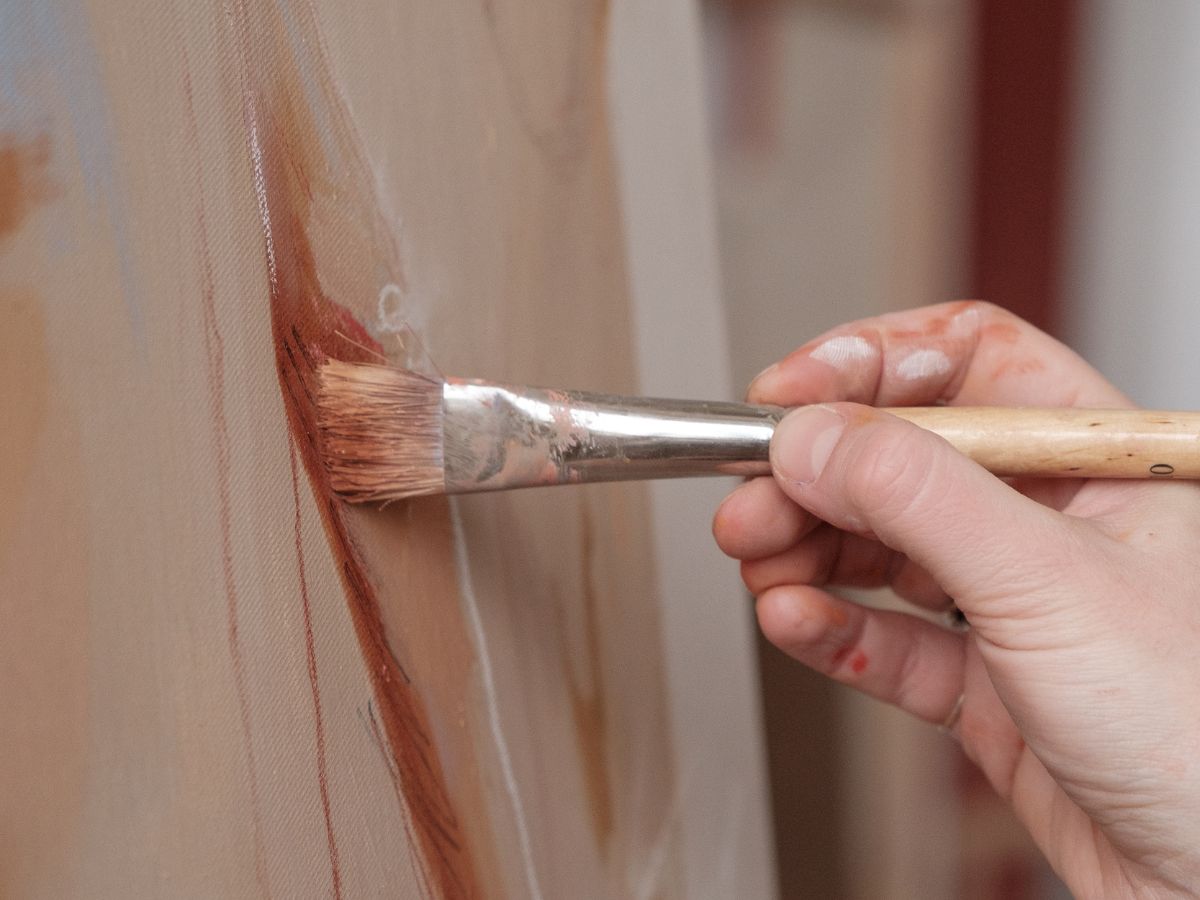
Five Common Canvas Art Mistakes—And How to Avoid Them
Whether you’re just starting out or have framed a few gallery pieces, certain pitfalls keep tripping up painters again and again. Here are those common art mistakes and how fixing them can really improve your work.

